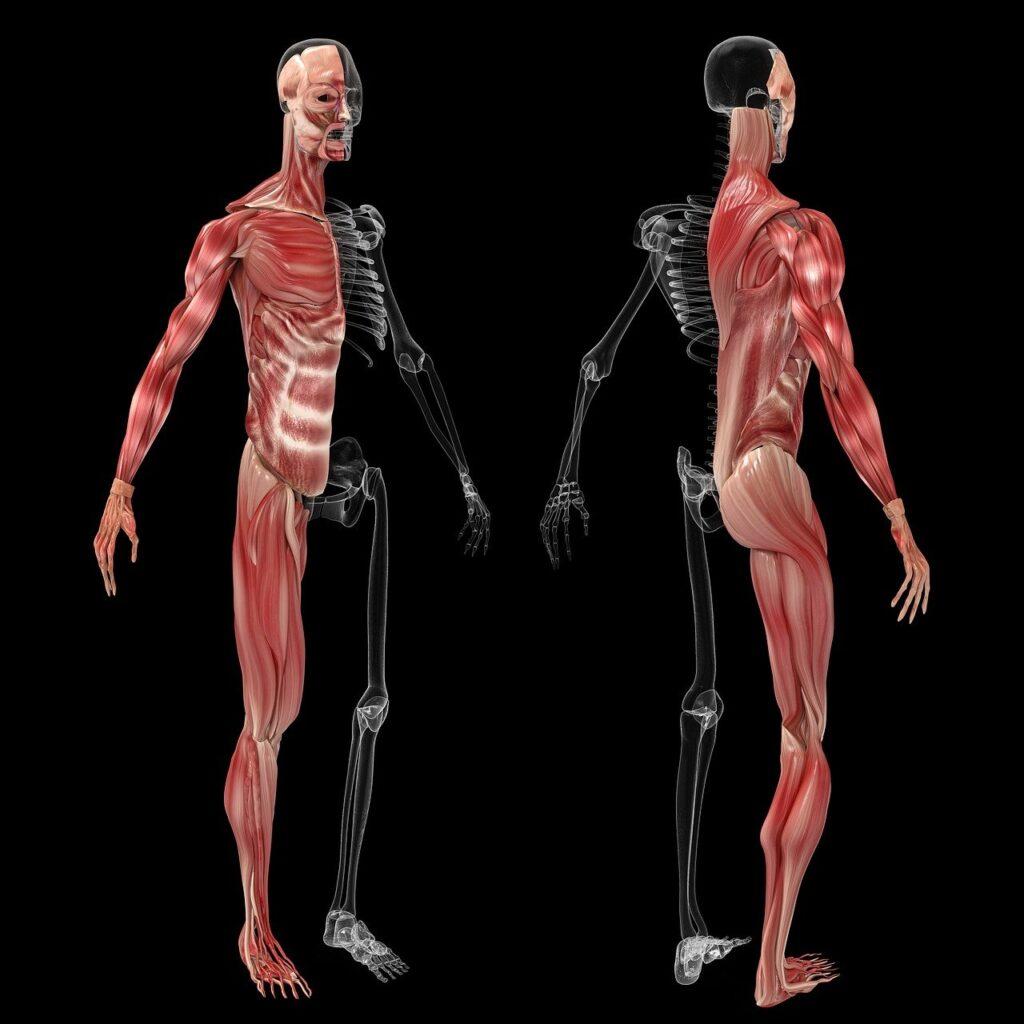When it comes to physical well-being, maintaining optimal muscle length is a crucial component of overall health. Whether you’re an athlete, a weekend warrior, or someone seeking to live a pain-free life, understanding and caring for your muscles can make a world of difference. In this blog, we’ll uncover the secrets to keeping your muscles at their best and ensuring they’re neither too tight nor too lax.
Why is Muscle Length So Important?
Optimal muscle length is vital for various reasons, including:
- Flexibility: Maintaining the right muscle length allows your joints to move through their full range of motion. This is essential for agility, coordination, and preventing injuries.
- Performance: Whether you’re an athlete or someone who enjoys recreational activities, having muscles at the correct length can significantly enhance your performance. It enables you to generate more force and power.
- Pain Prevention: Proper muscle length helps in preventing pain and discomfort. It reduces the risk of muscle strains, joint issues, and postural problems.

How to Maintain Optimal Muscle Length:
- Stretch Regularly: Incorporate regular stretching into your routine. Focus on major muscle groups, such as hamstrings, quadriceps, calves, and hip flexors. Remember to warm up before stretching to prevent injury.
- Foam Rolling: Using a foam roller can help release muscle tension and improve flexibility. Roll over tight areas to release knots and adhesions.
- Strength Training: A balanced strength training routine can help keep your muscles in optimal condition. Strengthening exercises, especially those targeting your core and stabilizing muscles, play a significant role in maintaining muscle length.
- Yoga and Pilates: These practices are excellent for improving flexibility and maintaining muscle length. They also promote balance and posture, which are essential for overall health.
- Stay Hydrated: Proper hydration is key for muscle health. Dehydrated muscles are more prone to cramping and stiffness.
- Listen to Your Body: Pay attention to your body’s signals. If you feel tightness or discomfort in a particular muscle group, address it promptly with appropriate stretching and self-myofascial release techniques.
- Consult a Physical Therapist: A physical therapist can create a tailored plan to address specific muscle imbalances or length issues. They can also provide guidance on exercises and stretches for your unique needs.

Consistency is Key:
Maintaining optimal muscle length is an ongoing process that requires dedication and consistency. Regular stretching and strength training, combined with self-care practices like foam rolling and hydration, can help keep your muscles in their best condition.
Your muscles are more than just the engines that power your movements; they are essential components of your overall health. By taking proactive steps to maintain optimal muscle length, you’re investing in a life with greater flexibility, enhanced performance, and reduced risk of pain and injury. So, make it a priority to care for your muscles, and they’ll reward you with a lifetime of physical well-being.

